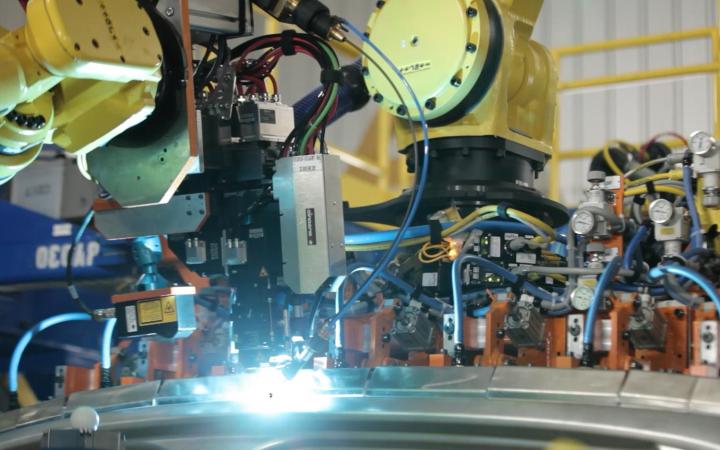
While the car itself won’t be revealed until the 2015 New York Auto Show in a couple of weeks, General Motors couldn’t wait to show off its aluminum-intensive skeleton.
Cadillac says significant amounts of aluminum and other lightweight materials in the chassis save 198 pounds over a comparable all-steel chassis.
Roughly 64 percent of the CT6 body is aluminum, including all exterior body panels. High-strength steel is used in other areas to maximize rigidity for crash protection and to give the car a solid feel.
That includes steel “close-out panels” on the underside of the chassis, which Cadillac says yield a “bank-vault quiet” cabin. It claims this approach saves weight over a design using more aluminum, which would require extra sound-deadening material to get the same results.
Based on the CT6’s brief appearances in Cadillac ads, it looks like the bodywork clothing that lightened chassis will look like an upsized version of designers’ previous work on the ATS and CTS.
A V8 engine seems obligatory to match the CT6’s full-size luxury sedan rivals, but there have also been rumors that Caddy’s new flagship will be offered as a plug-in hybrid, taking the efficiency theme a step further.
The 2016 Cadillac CT6 will be unveiled March 31 at the New York Auto Show, and go into production later this year. We’ll have all of the details live from the Big Apple.



